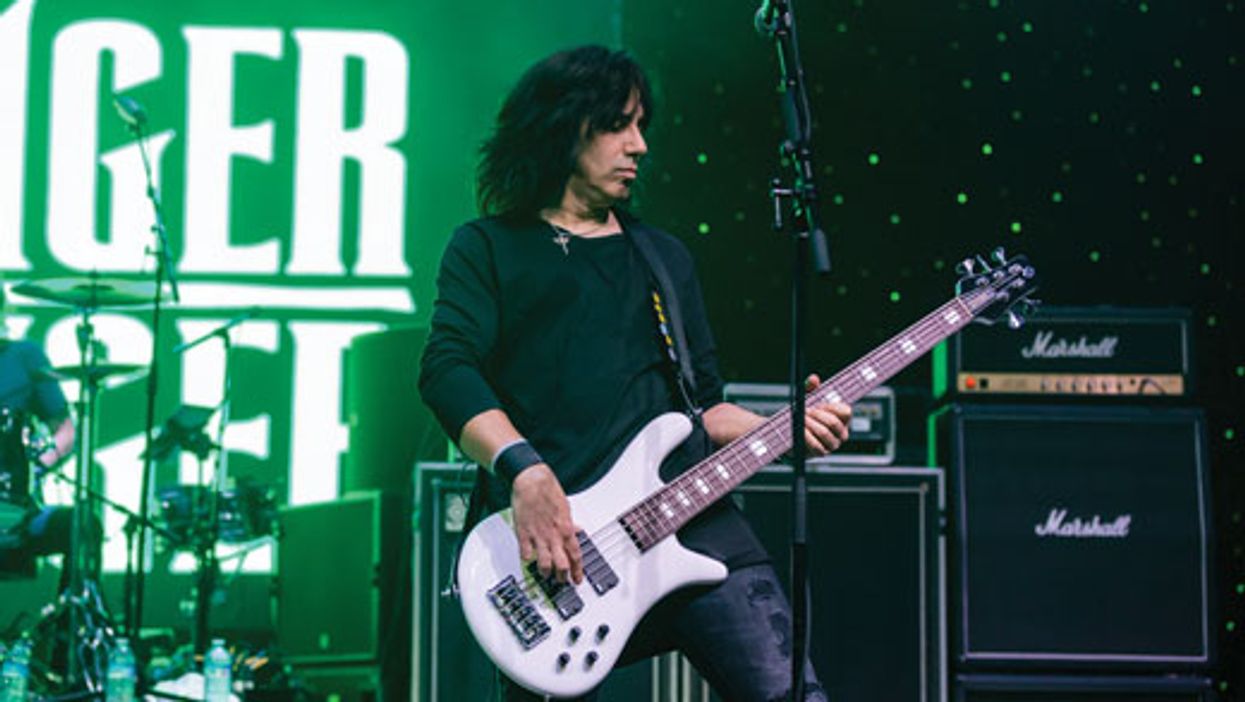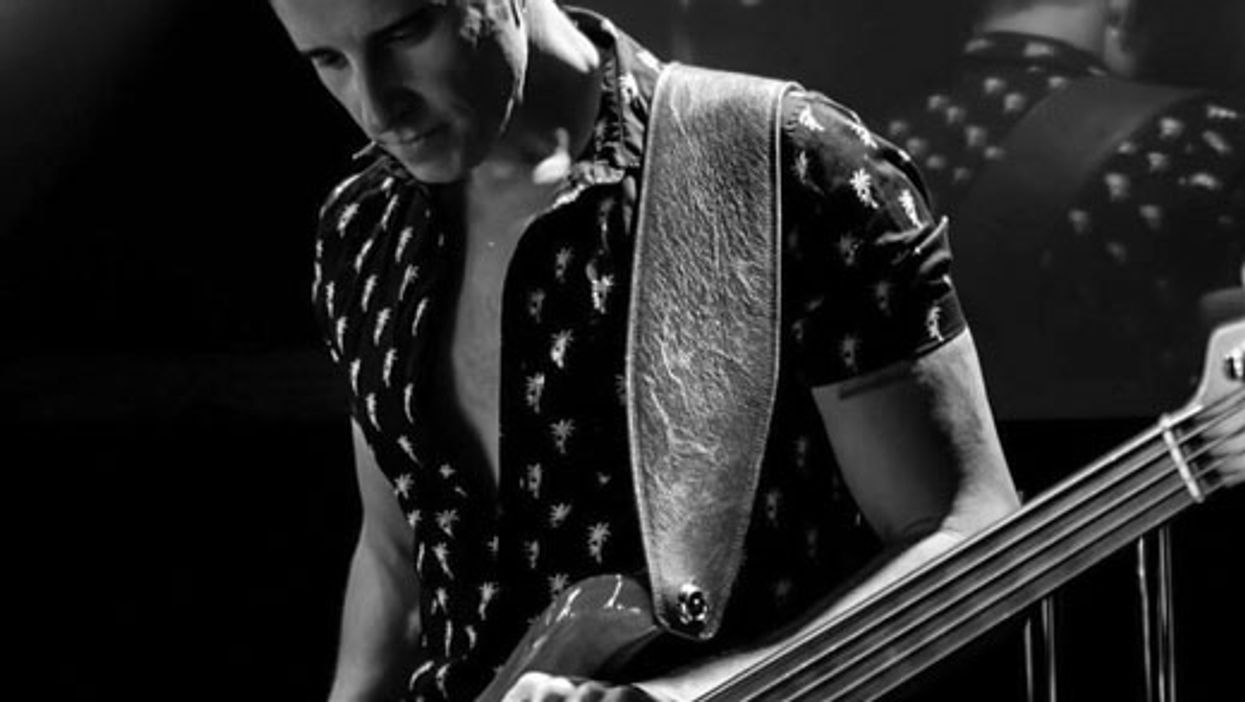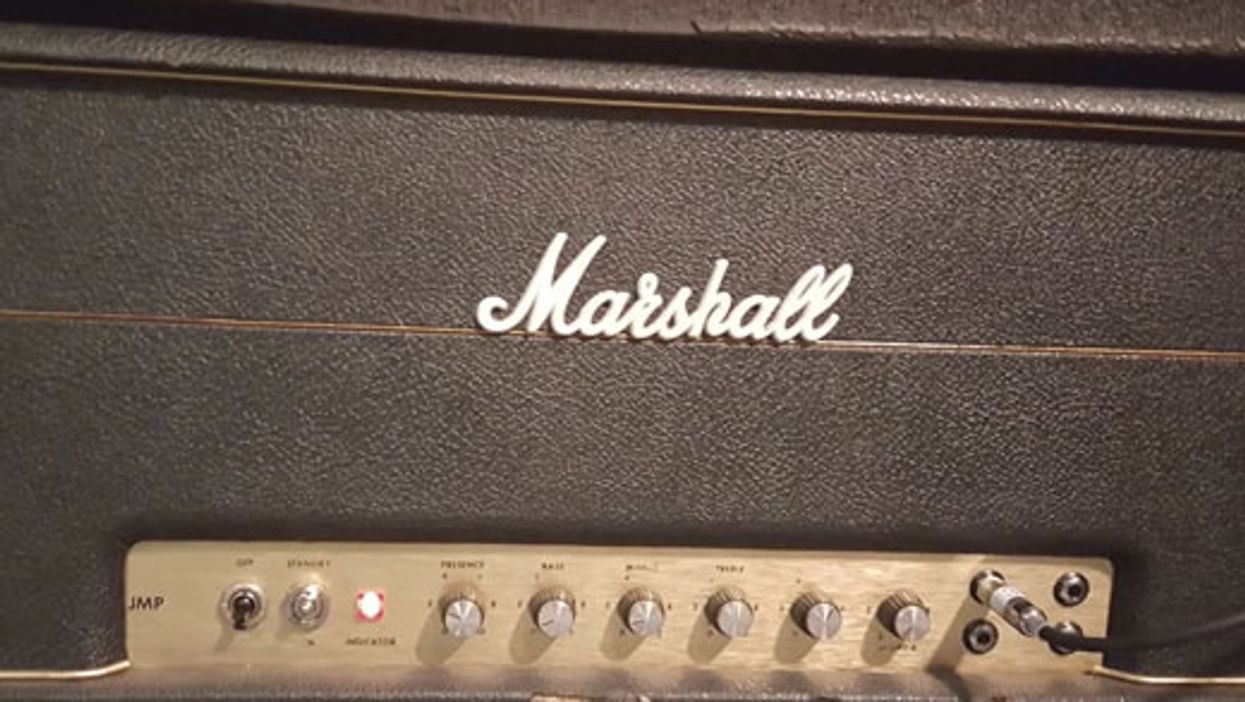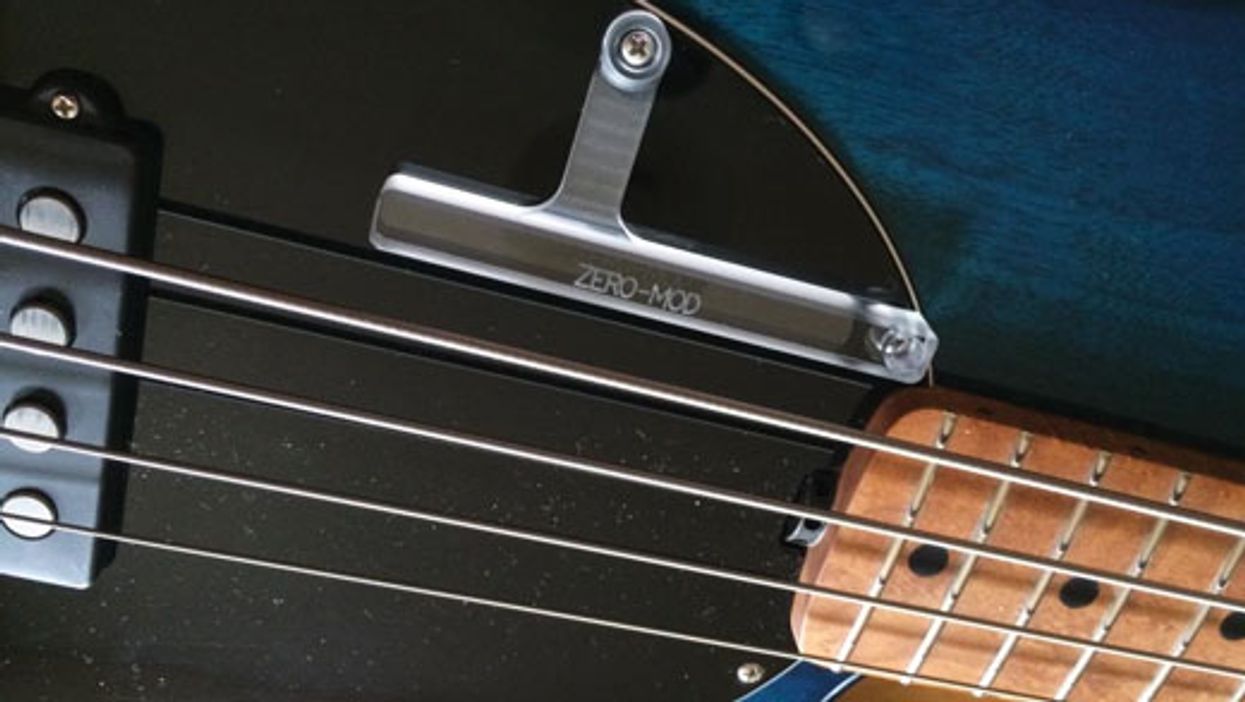Ever since playing bass in my first cover bands as a teen, I've been infatuated with the sound and feel of synth bass. Keyboard players often create parts that are not contained in normal fingering patterns or within normal hand placements for us electric bassists. And realizing this can be extremely useful for expanding our creative horizons to create bass parts that come from a place of musicality—not just writing within the limits of our normal playing style or technical ability.
Keyboard bass parts also tend to be mixed louder than electric bass, making the significance of each note that much greater. Perhaps most important, synth bass sounds are often bigger, fatter, or thicker, which means they are taking up more of the frequency spectrum.
Let me explain. Certain bass sounds contain stunning amounts of sub-low frequencies and bright, sweeping filter top-end—all layered within the same sound. This decreases the need for many other instruments because so much of the sonic space has already been occupied by the bass sound. I listen to a lot of '90s R&B for this very reason. Several hits from that era are prime examples of the synth bass taking up a lot of space and the other instruments providing subtle flavors around it, rather than adding big parts to the foundation of the song. The challenge for electric bassists is to somewhat truthfully replicate parts like this, or at least give the illusion of a synth bass with an analog pedalboard and electric bass.
The first and most important tool is an octave pedal. With that said, you always need to keep the type of room you are playing and the challenges it can present in mind. If you set the volume of the octave below the played note to a level where it sounds big and fat coming out of your personal rig, it's probably too loud and muddy sounding for a PA system (which will effectively amplify that lower octave, to a large degree). I prefer to use an octave pedal where the lower octave has separate volume controls for the sub-frequency lows and the low mids. It makes a big difference when playing through a large system or in a rehearsal room with sound dampening that's anything less than great. Tip: If you are using an octave pedal all night, it's a good idea to boost the mids on your amp so your tone doesn't become unclear once the rest of the band comes in.
I purposely try to use the sound of my fingers sliding over the fret into the note, usually from a half-step below. I do this quickly enough so you don't actually hearthe approach, but instead feel something slippery happening around the note. (Using a fretless bass can make this feel even more authentic to a synth sound, especially on modern R&B ballads.) Yet another trick with the octave pedal is the “dub" effect, where the volume of the played note is dialed completely off and only the very round-sounding artificial octave can be heard. You'll lose some punch and definition, but this setting can deliver a great feeling to modern reggae or any other song where you want to be felt more than heard.
Photo 2 — A modern envelope filter, synth bass pedal, octave pedal, and vintage envelope filter make a great starting point for an electric bassist to be able to handle most songs where the line was originally recorded with keyboard bass.
To emulate the filters on the top end of synth bass sounds, the solution can be as simple as using an envelope filter or auto-wah. Rolling off the tone on your bass and playing through one of these pedals alone will allow you to create sounds that don't convey traditional electric bass, but incorporating an octave pedal as well will deliver the most synth-like tones. Don't forget that an octave pedal needs a very clean signal to track your playing accurately, so running an envelope filter later in your signal chain is crucial. And because the octave pedal pushes an envelope filter harder, I find that I have to use different settings on my envelope filter when using the two pedals together.
There are a number of synth bass pedals on the market that provide both the filter and the low-end goodness of an octave pedal in one enclosure. Most of them are great for really making a statement, but I'm careful when I use one because the filter sweep in the high end can sometimes reach too high in the frequency range. If you are like me and play cabinets with tweeters, you might get more than what you bargained for sonically.
Personal preference is key here and experimentation is the mother of all things good. When it comes to synth bass impersonation, this is especially true. Being able to double as a synth-bass player with a keyboard onstage is a huge asset to have as a bassist, but the ability to create a similar feel and effect with traditional stompboxes and playing techniques is a skill the musicians around you will really appreciate.


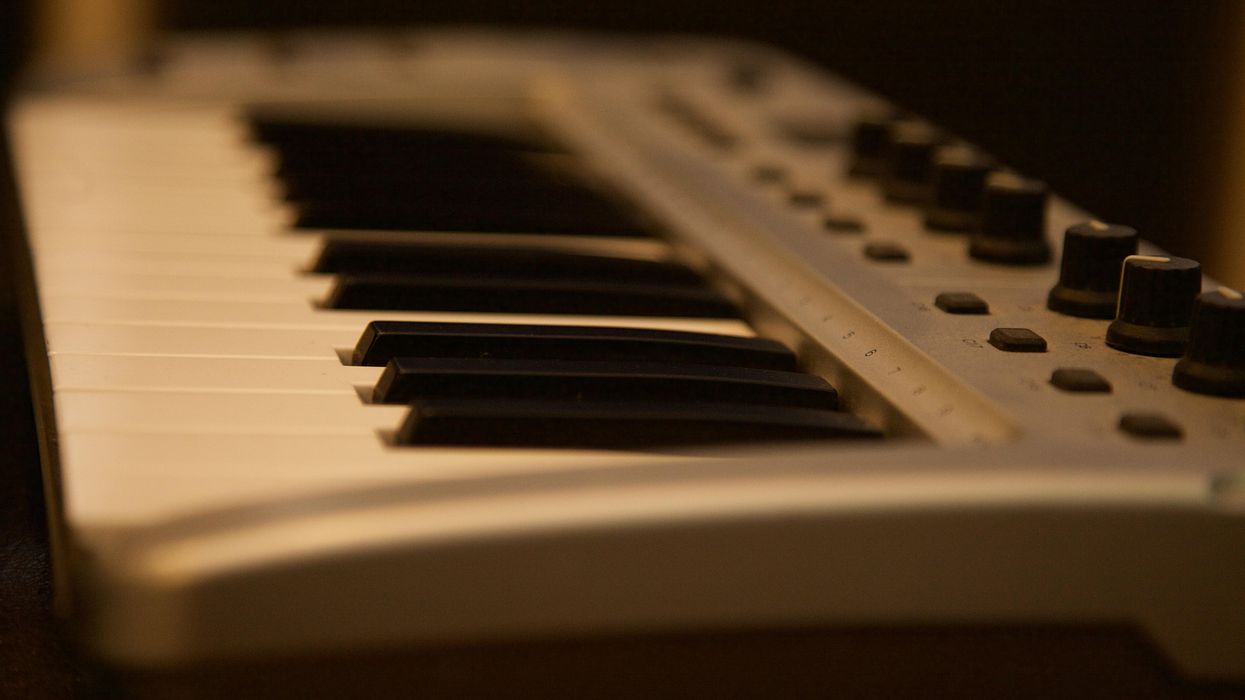

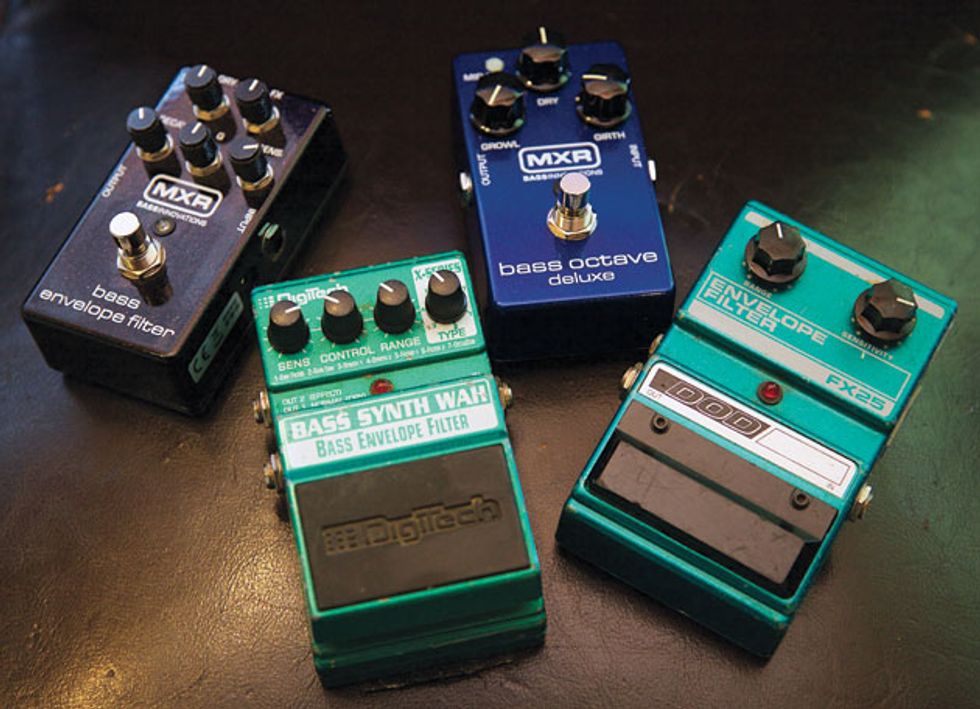
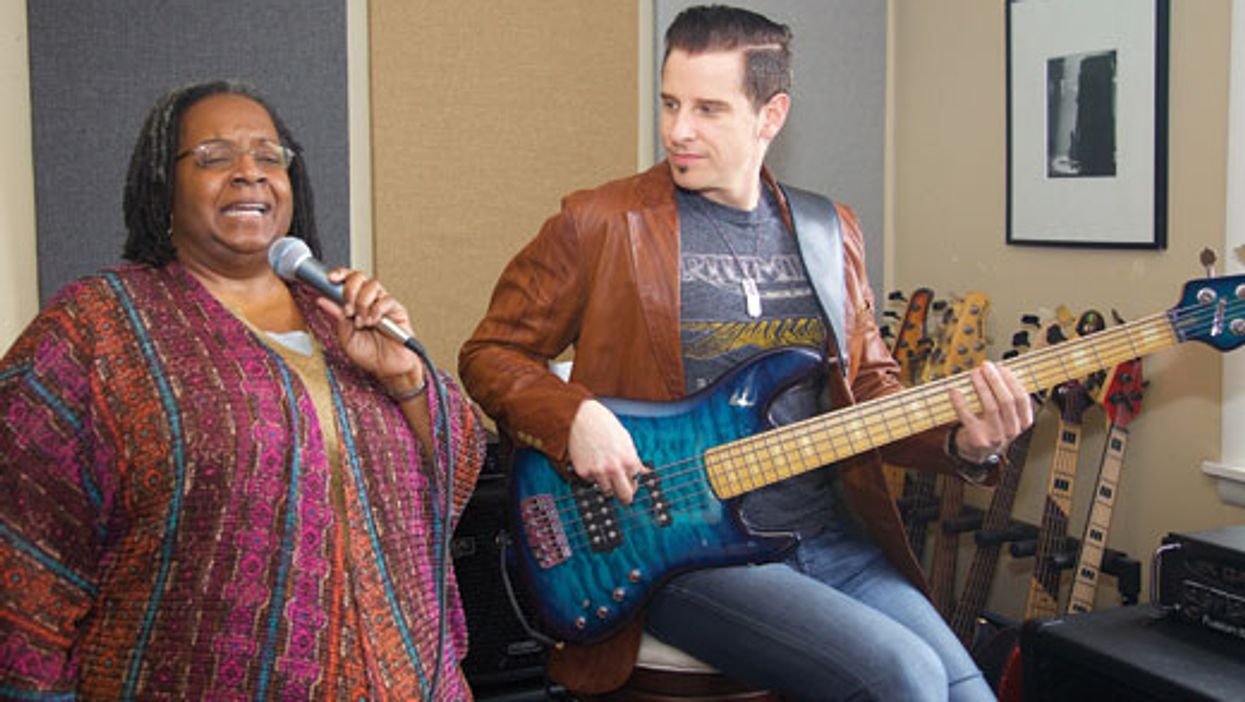
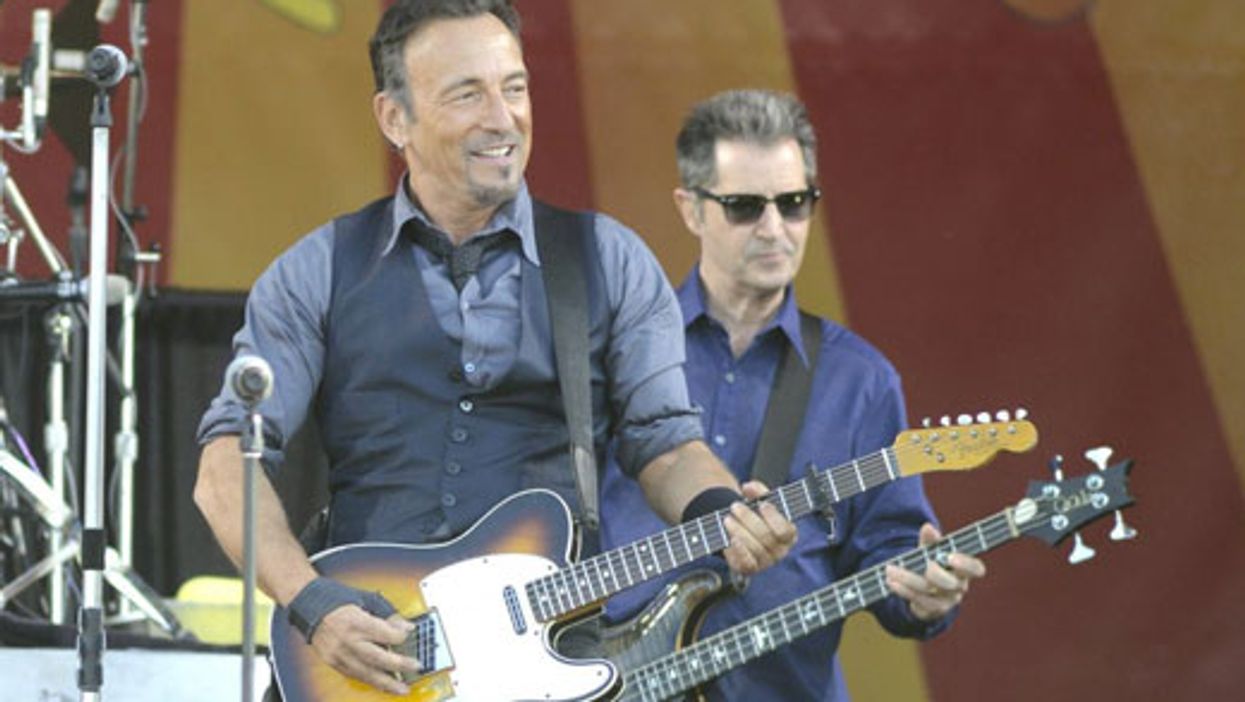
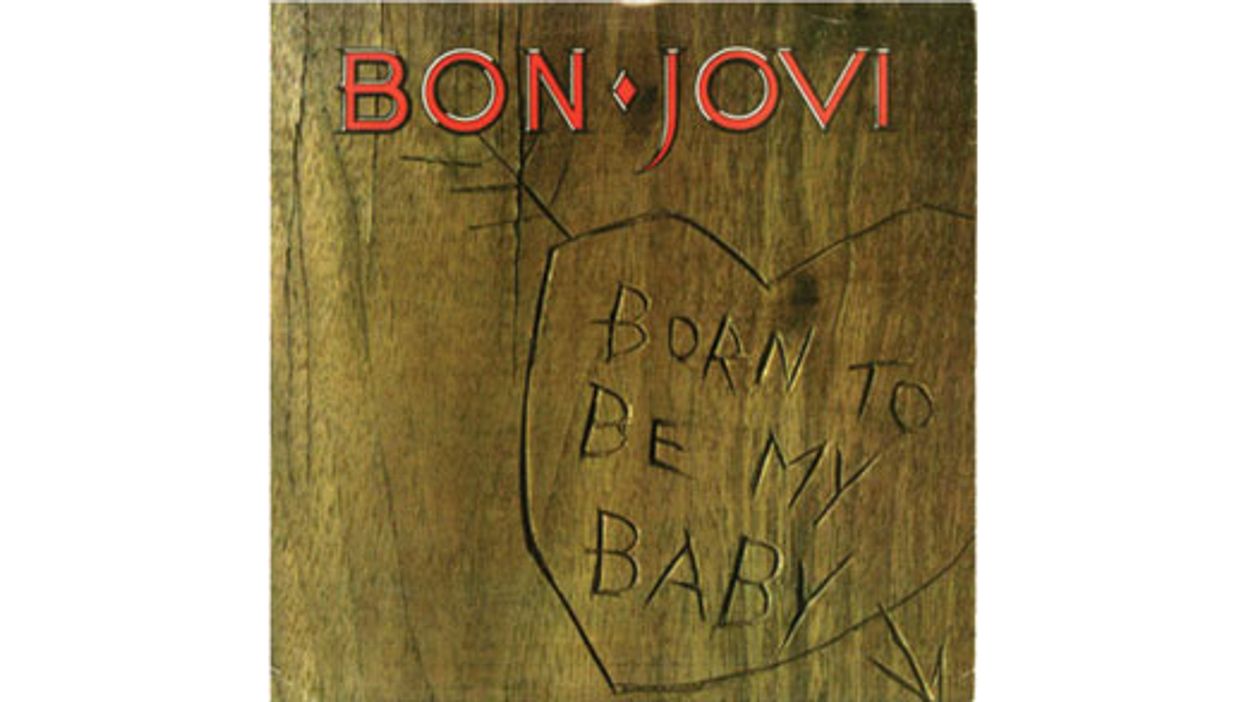

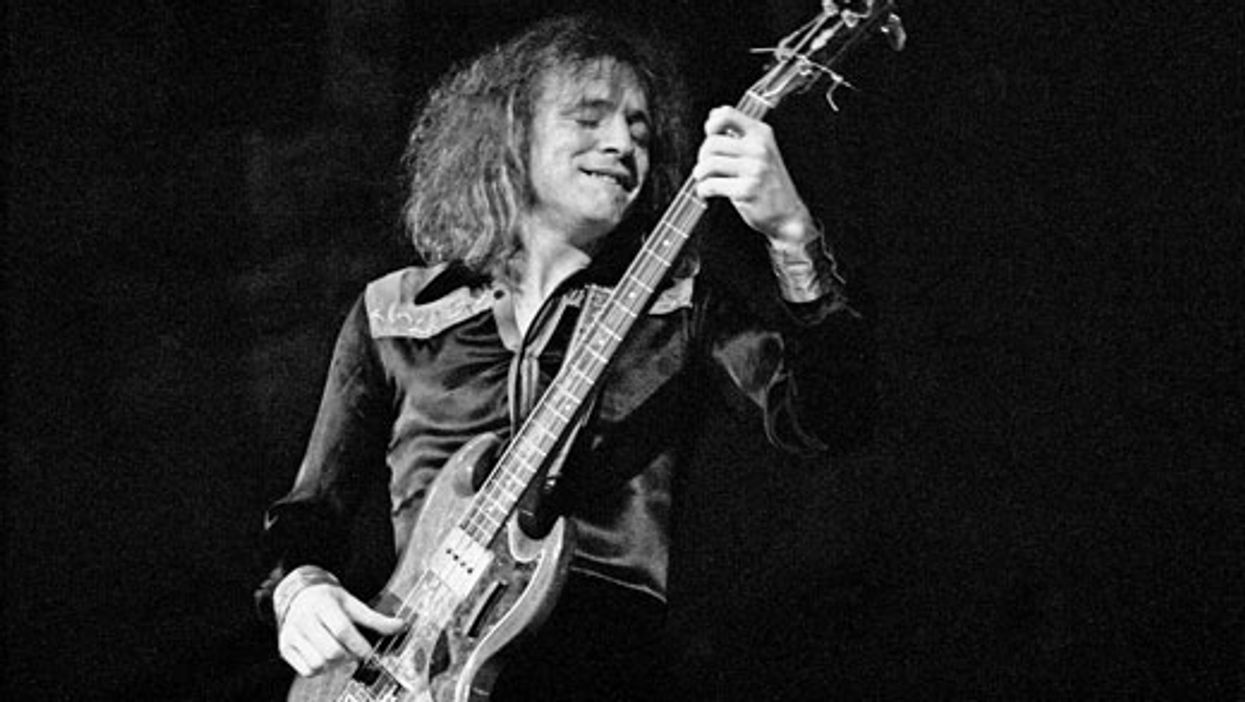
![Rig Rundown: Russian Circles’ Mike Sullivan [2025]](https://www.premierguitar.com/media-library/youtube.jpg?id=62303631&width=1245&height=700&quality=70&coordinates=0%2C0%2C0%2C0)





